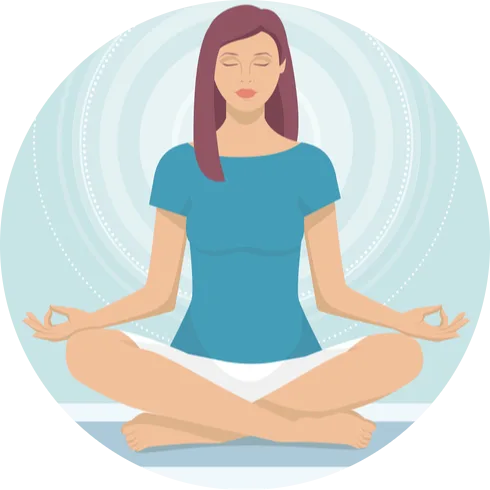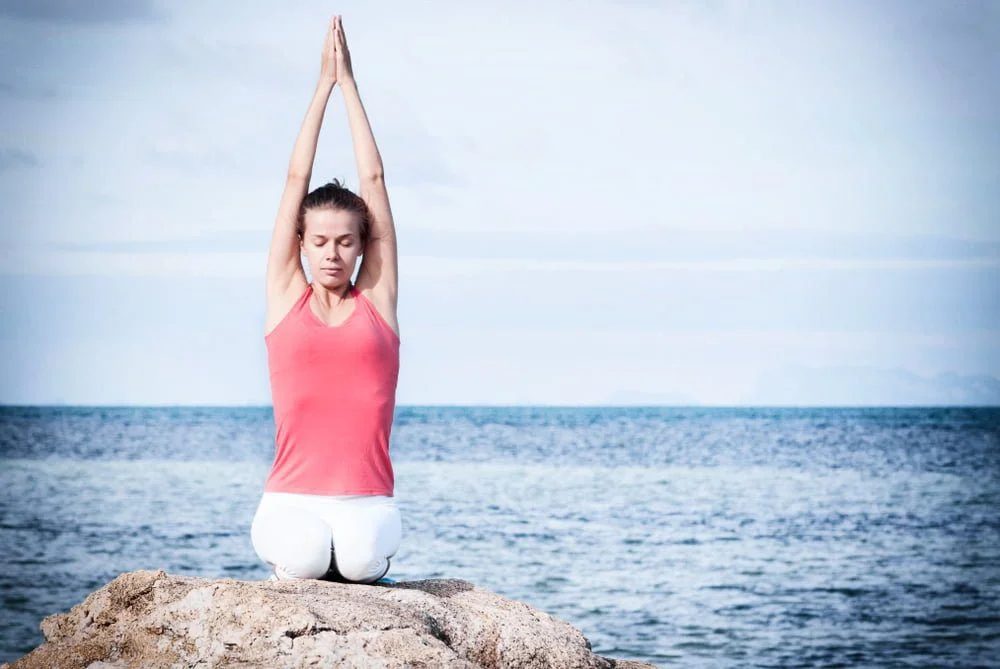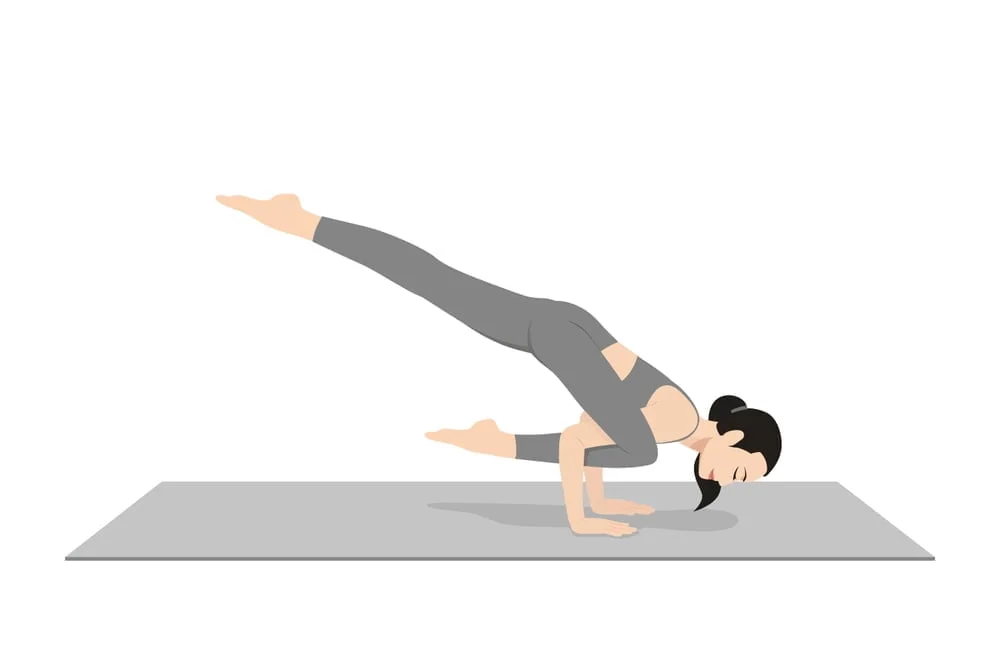Pranayama, the ancient practice of controlled breathing, holds profound benefits for both physical and mental well-being. Originating from the Sanskrit words “prana” (life force) and “ayama” (extension or control), pranayama techniques have been revered in yoga traditions for centuries. In this comprehensive guide, we delve into the intricacies of pranayama, exploring its role in balancing doshas, its myriad benefits, how to practice safely, common mistakes to avoid, and more.
Understanding Doshas: The Key to Personalized Well-being.
In Ayurveda, doshas—Vata, Pitta, and Kapha—are the fundamental energies that govern physiological and psychological functions in the body. Each individual possesses a unique combination of these doshas, which influence their physical, mental, and emotional characteristics. Pranayama offers a holistic approach to harmonizing these doshas, promoting balance and vitality.
The Best Pranayamas for Balancing Doshas.
1. Vata Dosha.
Vata, characterized by qualities of air and ether, tends to be cold, dry, and erratic. To pacify Vata, practitioners can benefit from grounding and calming pranayama techniques such as:
– Nadi Shodhana (Alternate Nostril Breathing): This technique balances the flow of prana in the body, promoting relaxation and mental clarity.
– Bhramari (Bee Breath): Known for its soothing effects, Bhramari calms the nervous system and reduces anxiety, common manifestations of imbalanced Vata.
2. Pitta Dosha.
Pitta, associated with fire and water elements, manifests as intense, sharp, and transformative. To cool and balance Pitta, individuals can incorporate cooling and calming pranayamas such as:
– Sheetali (Cooling Breath): By inhaling through the tongue curled into a tube, Sheetali cools the body and calms the mind, alleviating Pitta-related heat and agitation.
– Sitali (The Cooling Breath): Similar to Sheetali, Sitali involves inhaling through a rolled tongue, offering a refreshing antidote to Pitta imbalances.
3. Kapha Dosha.
Kapha, characterized by earth and water elements, tends to be heavy, stable, and nurturing. To invigorate and balance Kapha, practitioners can engage in stimulating and energizing pranayamas such as:
– Kapalabhati (Skull Shining Breath): This rapid, forceful breathing technique increases energy, clears stagnation, and uplifts mood, countering Kapha’s tendency towards lethargy.
– Ujjayi (Victorious Breath): By constricting the throat slightly, Ujjayi generates heat internally, enhancing circulation and vitality, ideal for balancing Kapha’s sluggishness.
Benefits of Pranayama: Nurturing Body, Mind, and Spirit.
The practice of pranayama yields a myriad of benefits that extend beyond the physical realm, nurturing holistic well-being:
– Enhanced Respiratory Function: Pranayama strengthens the respiratory muscles, improves lung capacity, and enhances oxygenation, supporting overall respiratory health.(1)
– Stress Reduction: By activating the parasympathetic nervous system, pranayama induces relaxation, reduces stress, and promotes emotional balance.(2)
– Improved Mental Clarity: Controlled breathing techniques enhance concentration, sharpen focus, and cultivate mental clarity, facilitating cognitive function and decision-making.
– Balanced Energy Levels: Pranayama regulates the flow of prana (life force energy) throughout the body, optimizing energy levels and promoting vitality.
– Emotional Regulation: By harmonizing the doshas and calming the mind, pranayama fosters emotional resilience, equanimity, and inner peace.
How to Practice Pranayama Safely: Guidelines and Precautions.
While pranayama offers profound benefits, it’s essential to approach the practice with mindfulness and respect for individual limitations. Follow these guidelines to ensure a safe and effective practice:
– Start Slow: Begin with gentle, introductory pranayama techniques before progressing to more advanced practices.
– Listen to Your Body: Pay attention to how your body responds to each breath. If you experience discomfort or strain, ease off and adjust your technique accordingly.
– Stay Hydrated: Adequate hydration supports optimal respiratory function and prevents dehydration during pranayama practice.
– Avoid Pranayama During Illness: Refrain from practicing pranayama if you’re experiencing acute illness, fever, or respiratory infections.
– Consult a Qualified Instructor: If you’re new to pranayama or have underlying health concerns, seek guidance from a certified yoga instructor or healthcare professional.
Common Mistakes to Avoid in Pranayama Practice.
Pranayama, like any discipline, requires attention to detail and mindful practice to reap its full benefits. Avoid these common mistakes to enhance the efficacy of your pranayama practice:
– Overexertion: Avoid forcing the breath or overexerting the respiratory muscles, as this can lead to strain or hyperventilation.
– Shallow Breathing: Ensure that each breath is deep and full, engaging the diaphragm and expanding the lungs fully for optimal oxygenation.
– Poor Posture: Maintain a comfortable and upright posture during pranayama practice to facilitate optimal breath flow and circulation.
– Rapid Progression: Progress gradually in your pranayama practice, respecting your body’s limits and allowing for adaptation over time.
Expert Interview: Insights from Experienced Practitioners.
We spoke with seasoned yoga instructors and Ayurvedic experts to glean insights into the role of pranayama in balancing doshas and fostering well-being. Here’s what they had to say:
Interview with Yogi Ananda:
“Pranayama serves as a potent tool for harmonizing the doshas and restoring balance to the body-mind complex. By cultivating awareness of the breath, we can tap into the subtle energies that govern our being, facilitating healing and transformation.”
Interview with Dr. Priya Sharma, Ayurvedic Practitioner:
“In Ayurveda, the breath is considered the bridge between the body and mind. Through pranayama, we can recalibrate the doshic imbalances that underlie many health issues, promoting holistic wellness from the inside out.”
Frequently Asked Questions.
Bottom Line.
Pranayama stands as a beacon of wisdom, offering a pathway to holistic health, balance, and self-awareness. By harnessing the breath—the very essence of life—we tap into the profound potential for healing and transformation that resides within us. Through the artful practice of pranayama, we cultivate harmony among the doshas, nourish body, mind, and spirit, and journey towards a state of radiant well-being.
As you embark on your pranayama journey, remember to approach the practice with reverence, curiosity, and an open heart. Let each breath be a sacred offering, a gentle reminder of your innate capacity for vitality and wholeness. Whether you seek to soothe a restless mind, invigorate a weary spirit, or simply deepen your connection to the present moment, pranayama offers a sanctuary of solace and renewal.
May your breath be your guide, your anchor amidst life’s ebb and flow, guiding you back to the sanctuary of your true nature. As you breathe, so shall you live—awake, aware, and alive to the infinite possibilities that reside within you.
Inhale deeply. Exhale fully. And with each breath, embrace the profound gift of being alive.
+2 Sources
FitToFar has strict sourcing guidelines and relies on peer-reviewed studies, educational research institutes, and medical organizations. We avoid using tertiary references. You can learn more about how we ensure our content is accurate and up-to-date by reading our editorial policy.
- Exploring the Therapeutic Benefits of Pranayama (Yogic Breathing): A Systematic; https://www.ncbi.nlm.nih.gov/pmc/resources/citations/7336946/export/
- Pranayama Meditation (Yoga Breathing) for Stress Relief: Is it Beneficial for Teachers?; https://files.eric.ed.gov/fulltext/EJ1157091.pdf

 Workout
Workout
 Meditation
Meditation




 Contact Us
Contact Us















